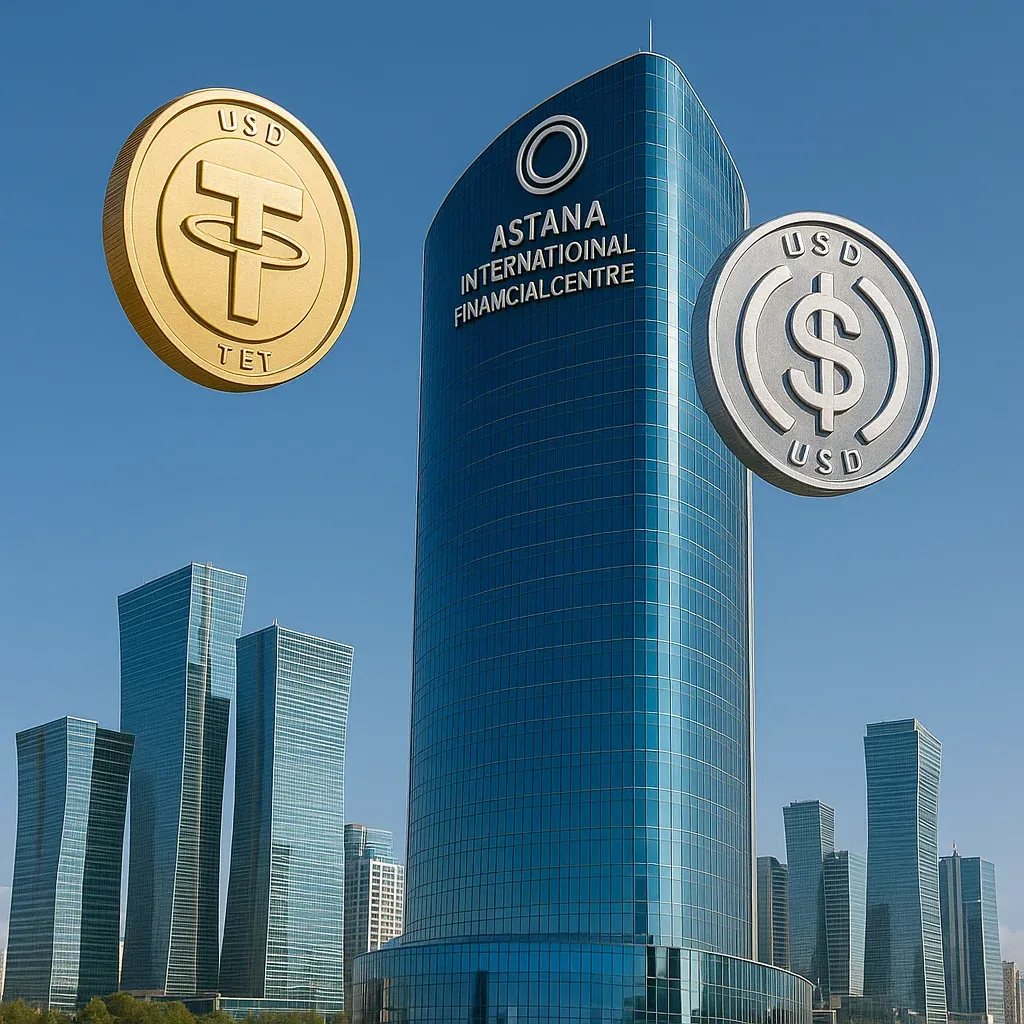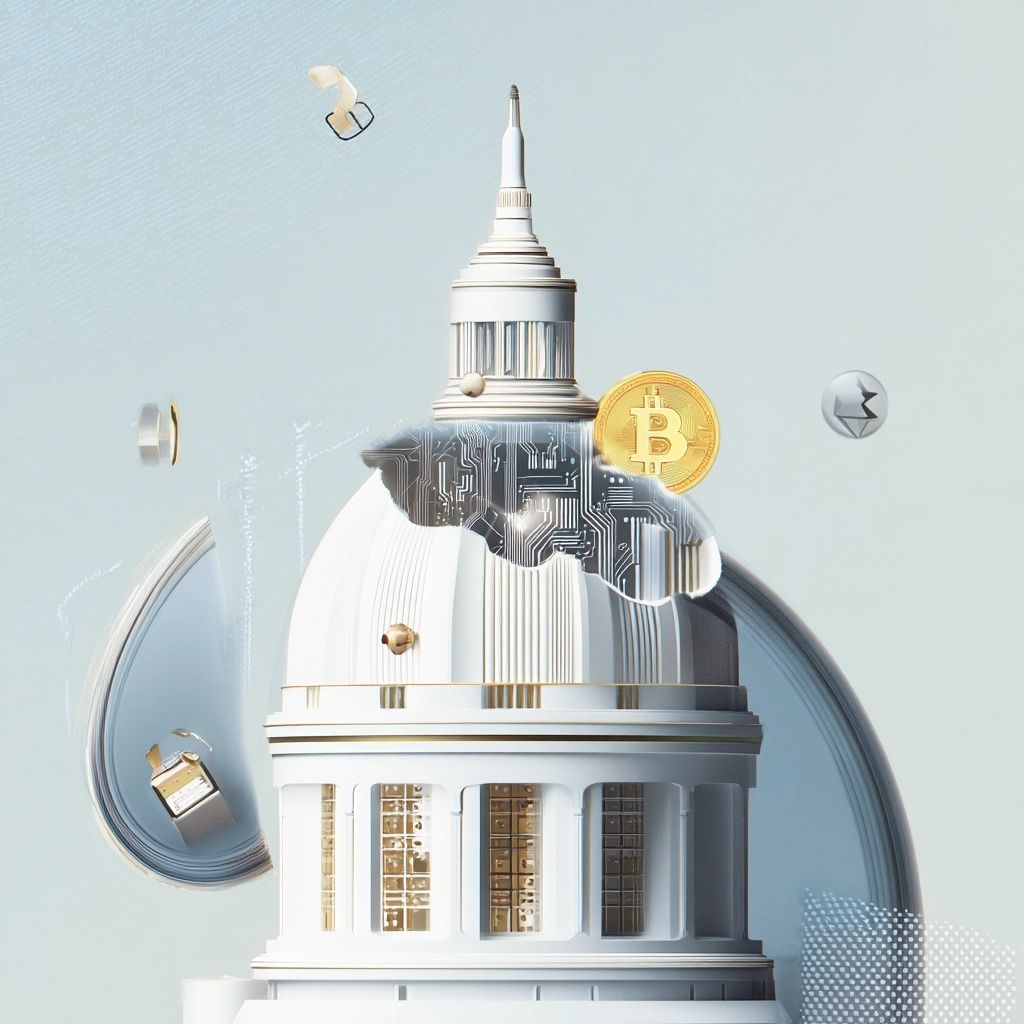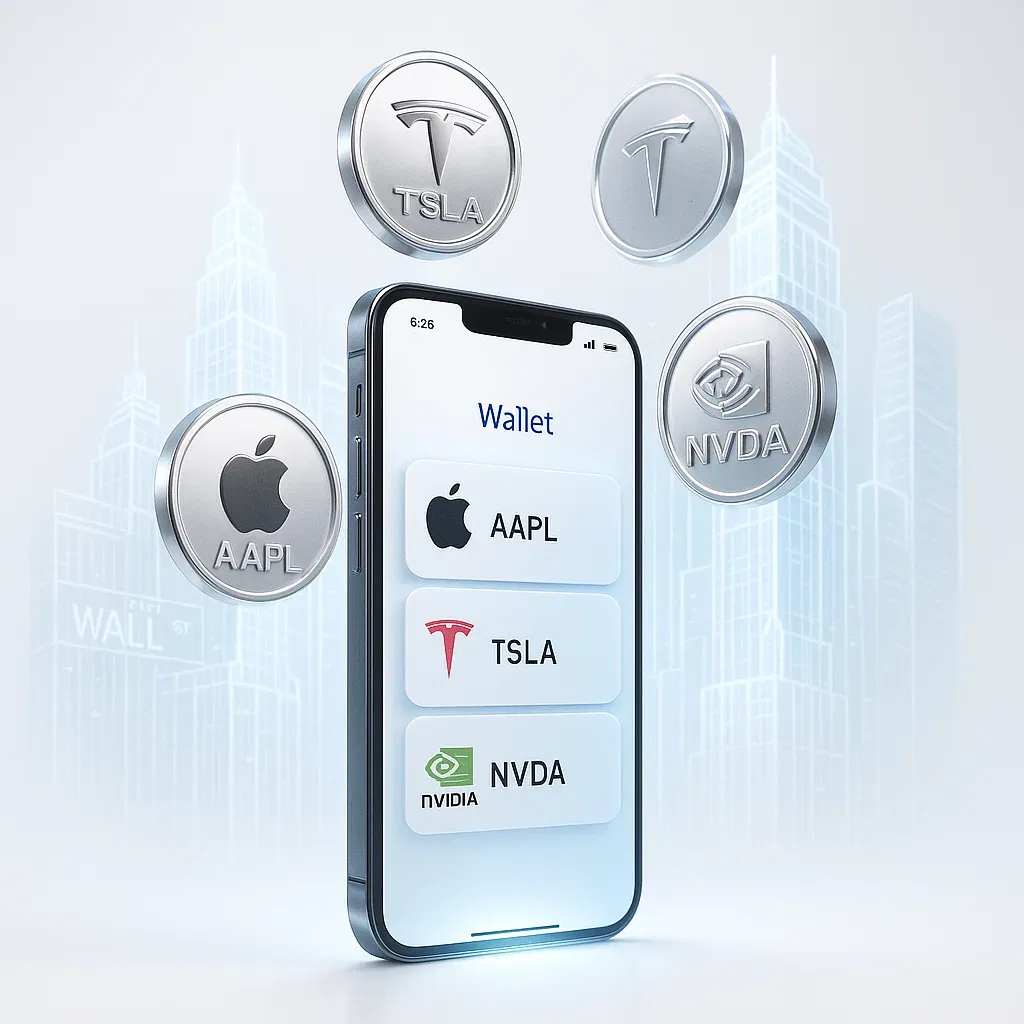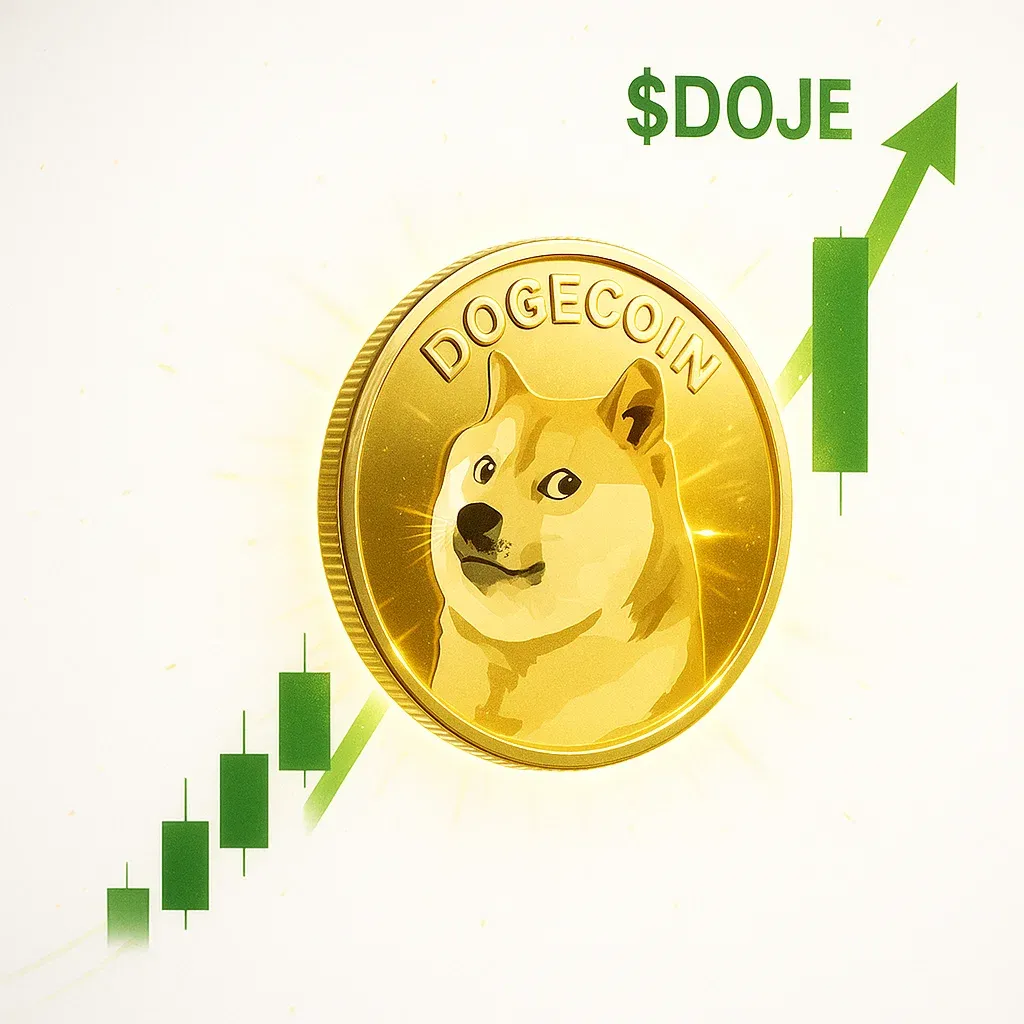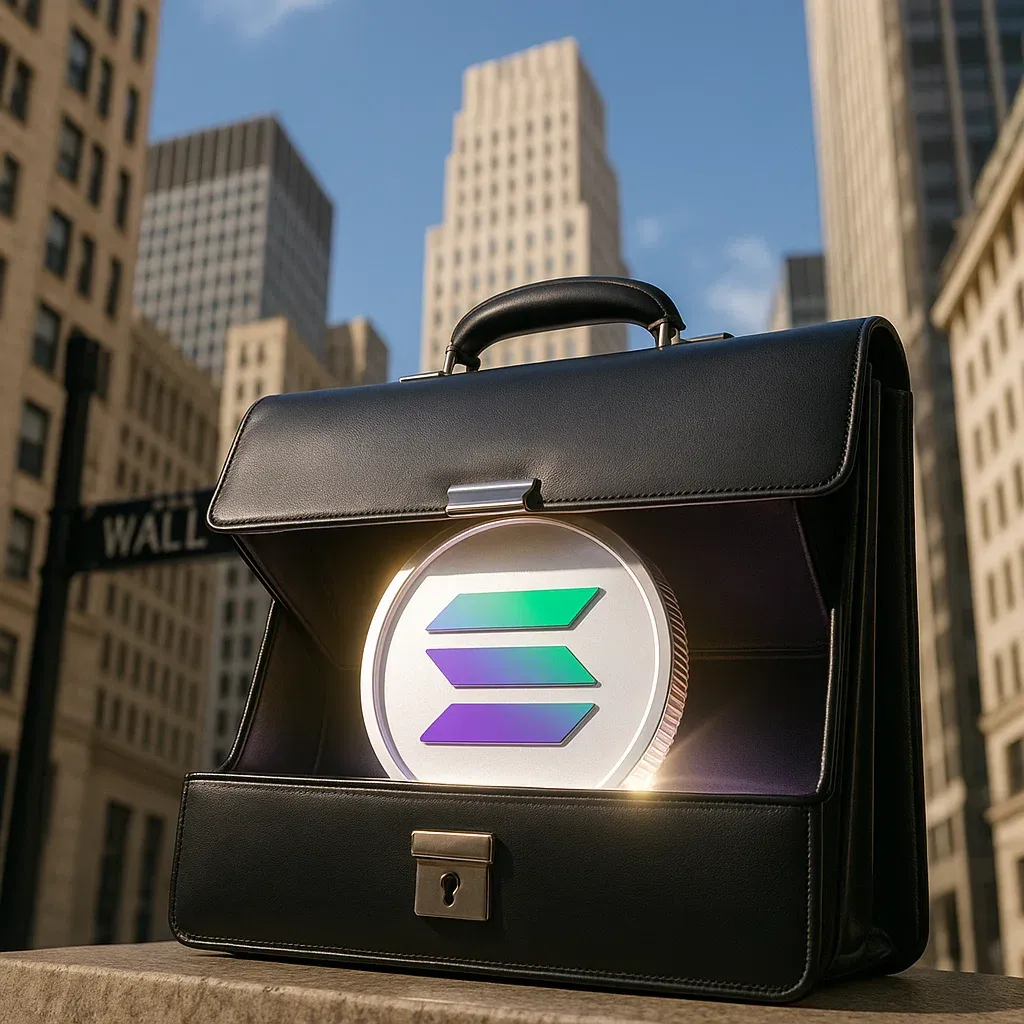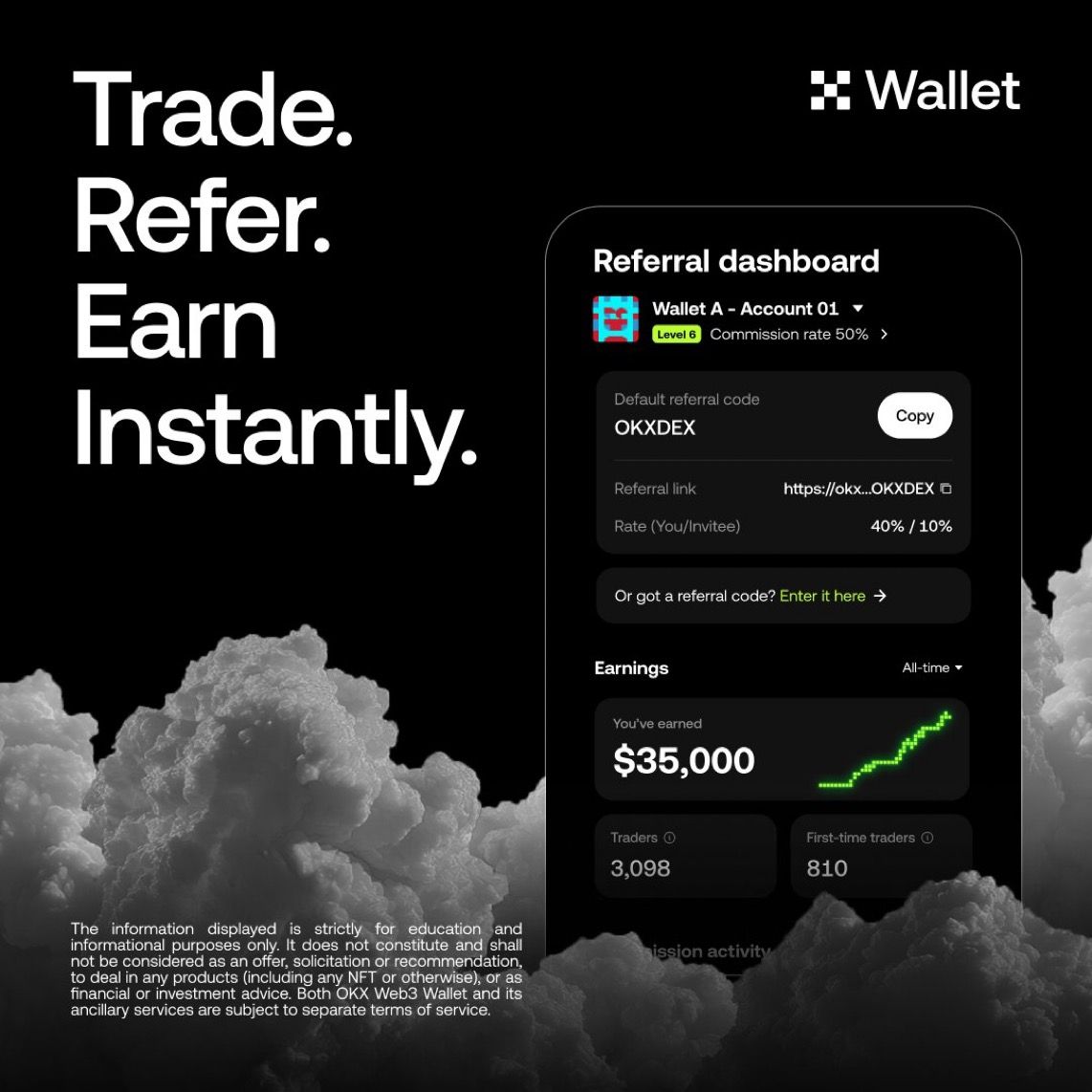MoonPay and Mastercard Partner to Bring Stablecoins to 150 Million Merchants
Swipe to the Future: Mastercard and MoonPay Bring Stablecoins to the Real World
A new partnership aims to turn stablecoins into everyday money—globally. Here’s what it means.
In a significant move toward the mainstreaming of digital assets, Mastercard and crypto infrastructure provider MoonPay have announced a global partnership that will enable consumers and businesses to spend stablecoins like USDC and USDT anywhere Mastercard is accepted.
This collaboration may seem like another fintech innovation. But in reality, it could be a turning point for stablecoins—and for the broader adoption of crypto as real-world money.
What’s Actually Happening?
Mastercard is teaming up with MoonPay to launch branded payment cards that link directly to users’ stablecoin balances. That means your crypto wallet, which may hold USDC, could soon work like a traditional bank account—allowing you to pay for coffee, groceries, or online subscriptions using a Mastercard, with automatic conversion to local fiat at the point of sale.
The infrastructure behind this capability is powered by Iron, a stablecoin payment rails platform acquired by MoonPay in March. Iron’s APIs allow businesses and wallets to seamlessly integrate stablecoin disbursements, cross-border payouts, and now—point-of-sale payments.
This is not just about consumer spending. Enterprises, gig platforms, and neobanks will also be able to use this system to pay creators, freelancers, and international suppliers in stablecoins, removing friction from the global payment stack.
Why Stablecoins, and Why Now?
Stablecoins are cryptocurrencies pegged to the value of traditional currencies, like the U.S. dollar. They’ve traditionally been used as trading tools—offering dollar stability within volatile crypto markets. But so far, their real-world utility has remained limited.
This partnership could change that. According to MoonPay, more than 120 million people hold stablecoin balances globally, and about 20 million wallets already transact with them monthly. That’s a massive, under-leveraged user base—ripe for integration with global commerce.
With over 150 million merchants worldwide accepting Mastercard, the partnership is designed to unlock stablecoin usage at scale. Whether you’re a remote worker in Bangkok being paid in USDC or a tourist in Mexico spending it, the goal is simple: make stablecoins as spendable as cash or credit.
The Bigger Picture: Trust, Adoption, and the Rise of Crypto Payments
One of the biggest hurdles to crypto adoption has been usability. Converting crypto to fiat has traditionally required centralized exchanges, third-party services, or multiple steps. Now, thanks to Mastercard’s trusted brand and global network, that complexity could disappear for the average user.
“Together with MoonPay, we’re building secure connectivity between crypto and mainstream finance, grounded by trust and driven by scale,” said Scott Abrahams, Mastercard’s EVP of Global Partnerships.
That trust may be exactly what stablecoins need to move from niche trading assets to real money.
How This Changes the Game
- Everyday Utility
Until now, stablecoins weren’t truly “money”—you couldn’t use them at your local store. This partnership gives them real-world utility, unlocking their use for shopping, travel, and services.
- Faster and Cheaper Cross-Border Payments
Stablecoins settle instantly, without traditional banking intermediaries. This enables faster global payments and low-fee remittances—especially important in developing markets.
- Merchant Integration without Complexity
From the merchant’s perspective, nothing changes. They receive local fiat in their bank account. All the crypto-to-fiat conversion happens invisibly on the backend.
- Credibility Boost
Mastercard’s involvement signals institutional validation. With more than a decade of experiments in crypto, Mastercard now sees stablecoins as ready for prime time.
What Could Go Wrong?
Of course, there are risks.
Regulatory Uncertainty: As stablecoins become more widely used for payments, governments may step in with stricter oversight. Questions around KYC, AML, and tax reporting will only grow.
Volatility in Trust: While stablecoins are designed to be “stable,” their peg to fiat currencies isn’t always bulletproof. The collapse of TerraUSD (UST) in 2022 remains a cautionary tale.
Dependence on Centralized Players: While MoonPay offers decentralized wallet integrations, the infrastructure—including card issuance—is still largely centralized. Some crypto purists may see this as a compromise.
Why This Still Matters
Despite the risks, the Mastercard–MoonPay partnership could mark the beginning of a new financial phase: the normalization of crypto in daily life.
Until now, using crypto felt like joining a subculture. With this move, stablecoins may finally cross into the mainstream—not just as investment tools, but as functional, global money.
And that’s exactly what the crypto industry has been waiting for.
If this rollout gains traction, it could trigger a wave of similar integrations from competitors like Visa, Stripe, and PayPal. In turn, this might lead to broader crypto monetization, new business models for wallets and apps, and greater global financial inclusion.
In a fragmented financial world, stablecoins backed by trusted payment networks could offer a rare thing: a global medium of exchange for a digital age.
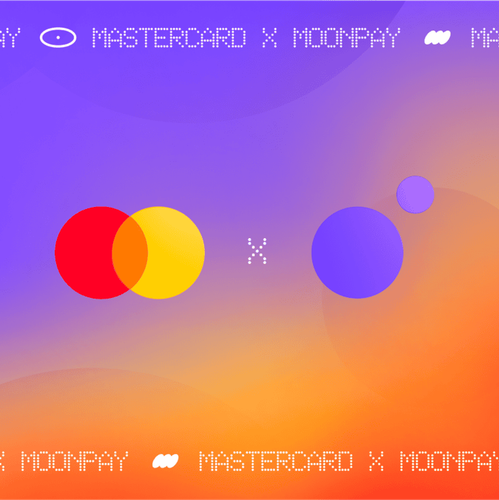
Recent News
All Time High • Live
Have questions or want to collaborate? Reach us at: info@ath.live


